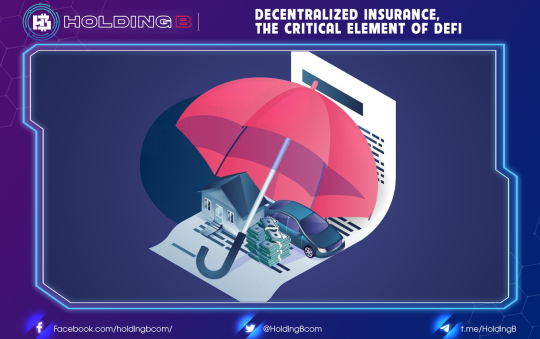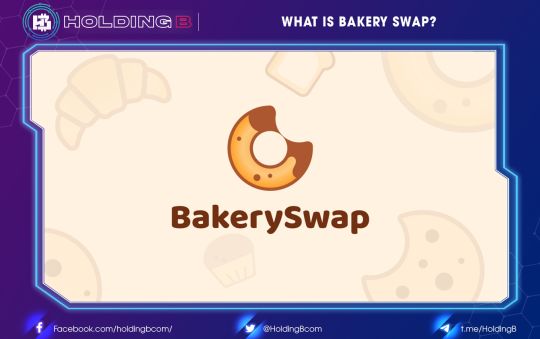What is Solidity?

Solidity is a programming language for building smart contracts on Ethereum. It is considered a leading decentralized smart contract platform in crypto. Basically, anything that can be built on centralized systems can be built on Ethereum, from decentralized exchanges (DEXs), digital art markets (NFTs), financial Decentralized Main (DeFi), Metaverse,…
Solidity is a high-level programming language, the audience of Solidity language is programmers who want to develop applications on Ethereum. By using a combination of letters and numbers, the Solidity programming language makes it easier for developers to write programs.
After being proposed in 2014 by Gavin Wood, the language has been developed by contributors to the Ethereum project, led by Christian Reitwiessner, Vitalik Buterin, Alex Beregszaszi and others.
Understanding Solidity and Ethereum
Before you start frantically googling “how to learn Solidity”, it’s important to go back to the roots of this programming language and the Solidity smart contracts that form the transactional framework of Ethereum.
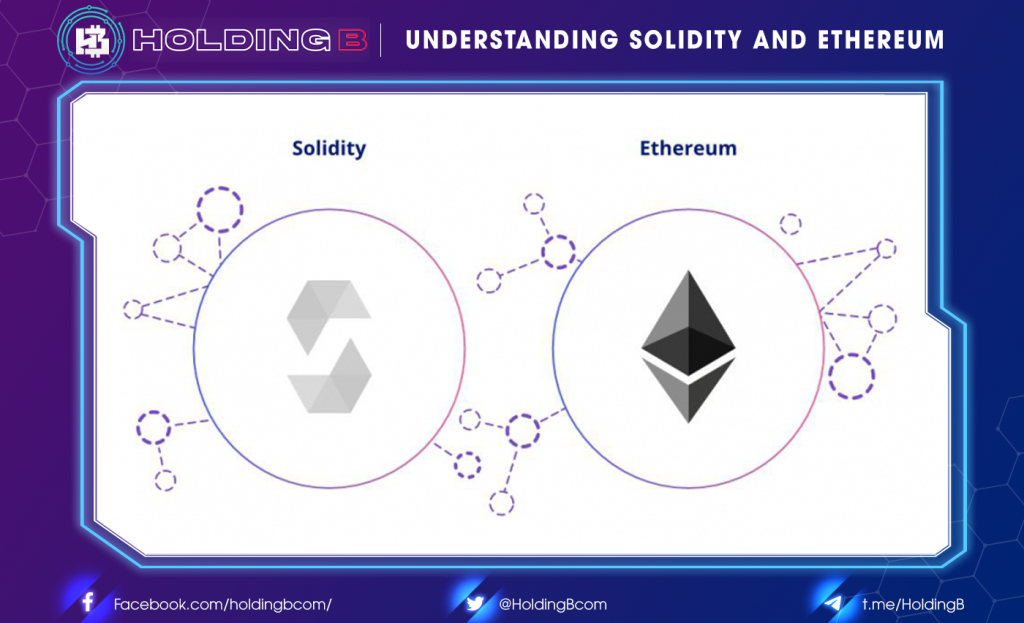
Both Solidity and Ethereum are brilliant concepts built upon brilliant concepts. It all started with exploring the nature of calculation and computation itself, and the dream of machines that can approximate humans in their computing power.
Ethereum is built upon the extensive history of dedicated work of noted cryptographers, mathematicians, and computer scientists. What’s more, it integrates many concepts, ranging from decentralization, immutability, states, networks, game theory, and so on. It’s also important to back-read on finite state machines. On your road to deciphering how to learn Solidity, you will encounter terms like Turing Completeness and Turing machines. As such, it is better to understand these concepts early in your journey.
Ethereum and Solidity Smart Contracts
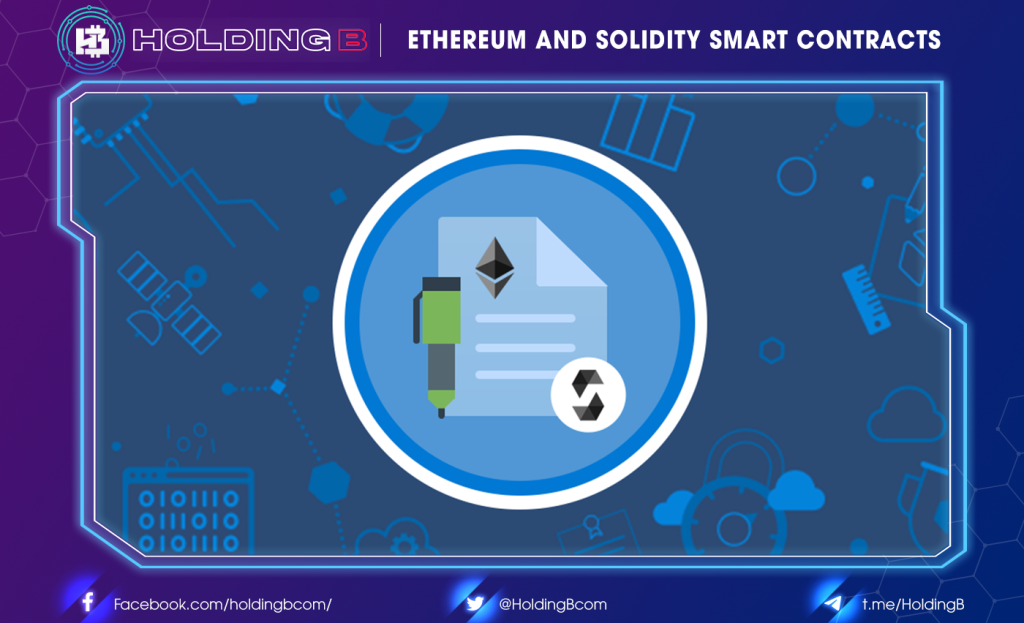
To understand Ethereum, you first need to be familiar with the technology behind Bitcoin. This includes a basic understanding of how distributed ledgers work, how mining works, how nodes run, and what a blockchain is for.
Bitcoin started the crypto revolution, but Ethereum took Bitcoin’s initial blockchain thesis and ran with it. Ethereum goes beyond data validation and storage in distributed ledgers. Using Ethereum, many different transactions and high-level functions can be performed, using multiple currencies or tokens (including Bitcoin) across an entire network. This network ensures that the code is run equivalently and that the resulting states are recorded and validated via consensus.
Ethereum is free and open-source software that runs on a decentralized network of computers. Being part of this network is voluntary. This network supports the Ethereum blockchain and ensures that programs called smart contracts are run using the voluntary participant computers or nodes.
Advantages & Disadvantages of Solidity language
Despite being one of the most popular languages used to write blockchain applications, Solidity is like any other programming language, Solidity comes with its advantages and disadvantages.
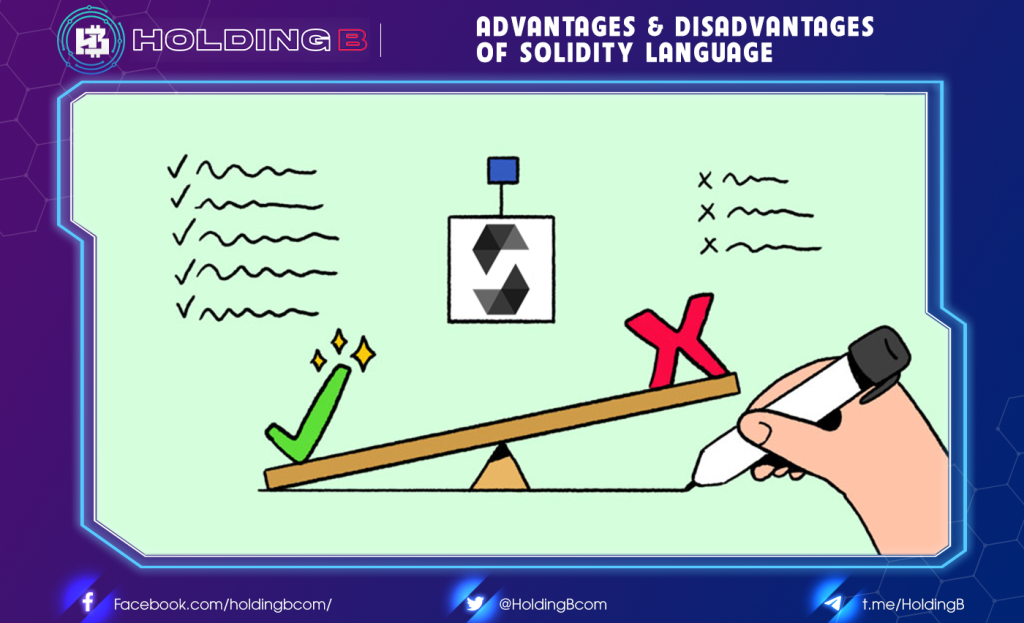
Advantage
Solidity enables the construction of secure, transparent and trusted smart contracts. If implemented properly, they can increase operational efficiency, reduce administrative costs and reliance on third parties.
Solidity uses a large number of Programming Perceptions that exist in other programming languages such as variables, string manipulation, classes, functions, arithmetic operations, etc. This is because Solidity is mainly influenced by C++, Python, JavaScript, so if you know a language like Java or C, your process of learning and using Solidity will be relatively easy.
Solidity is one of the most popular blockchain programming languages today for Ethereum and EVM chain, it provides quite a lot of open source documentation on how applications work and various use cases, from there, you can easily build more complex applications out of other people’s products.
For example, if you are building your own DEX, you can completely fork the source code of Uniswap and build more innovative features on top of it such as adding Liquidity Farming, Lending, etc.
Disadvantages
Immutability is a great advantage, but in some cases can be a disadvantage. For example, once the contract is done, it cannot be upgraded, additional features cannot be added to it.
Because Ethereum runs on Blockchain technology, it cannot collect and update information quickly into the system except through transactional operations. This can be a big problem when it comes to factors like volatility data like the price of currency pairs (Forex),…
The biggest downside that can be seen from Solidity is that it is young (when compared to older languages like C or Java). For developers, this means there can be very few libraries and references, making learning Solidity a daunting task for newbies.
See ya in the next article !
Don’t forget to follow useful articles about Crypto Market from team Holding B !!!
- Telegram Channel: https://t.me/HoldingBcom
- Telegram Group : https://t.me/HoldingB
- Website : https://holdingb.com/
- Twitter : https://twitter.com/HoldingBcom




